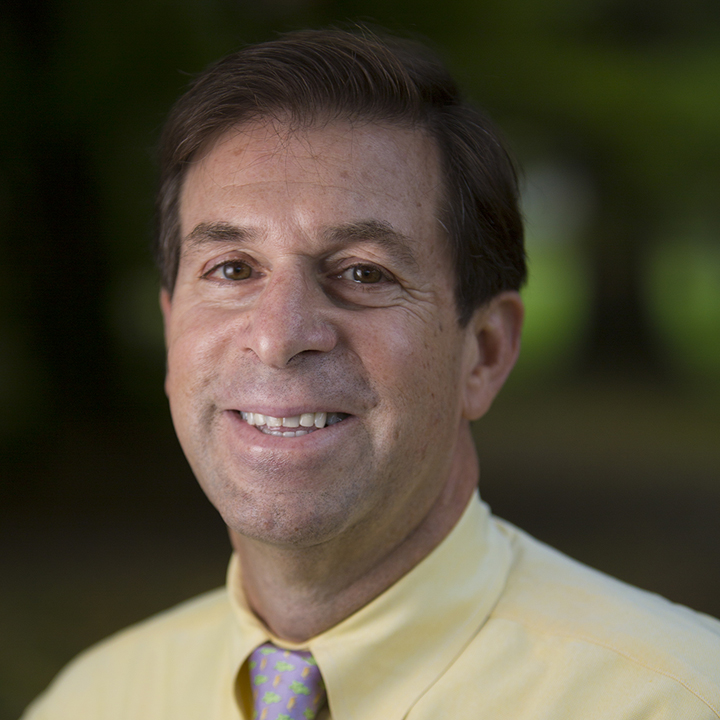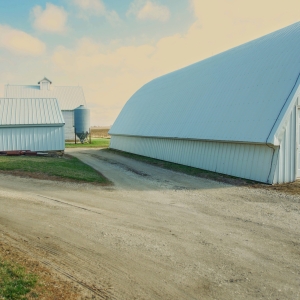 https://www.circleofblue.org/wp-content/uploads/2024/05/DSC00280-EDIT.jpg
1600
2400
Circle Blue
https://www.circleofblue.org/wp-content/uploads/2018/06/Circle-of-Blue-Water-Speaks-600x139.png
Circle Blue2024-05-08 23:02:252024-05-08 23:19:03An Iowa Farm County Seeks Answers To Cancer Rate 50% Higher Than National Average
https://www.circleofblue.org/wp-content/uploads/2024/05/DSC00280-EDIT.jpg
1600
2400
Circle Blue
https://www.circleofblue.org/wp-content/uploads/2018/06/Circle-of-Blue-Water-Speaks-600x139.png
Circle Blue2024-05-08 23:02:252024-05-08 23:19:03An Iowa Farm County Seeks Answers To Cancer Rate 50% Higher Than National AverageIn Iowa, a Tale of Politics, Power, and Contaminated Water
Lawmakers silence Chris Jones, a prominent University of Iowa water quality researcher.
Articles in this project are edited by Carey Gillam, managing editor of The New Lede.
By Keith Schneider, Circle of Blue – May 25, 2023
IOWA CITY, IOWA – Here in the heart of US farm country, the wretched quality of Iowa waterways is a well-known lament. Farm fields laden with synthetic fertilizers and manure produce bounties of over 2 billion bushels of corn each year, but those same fields also produce a torrent of run-off that contaminates virtually every mile of the state’s streams and rivers and every acre of lakes and ponds.
For Iowa’s farm sector and its powerful political allies, the dire public and environmental consequences are perhaps unfortunate, but acceptable, outcomes of modern, large-scale agriculture – and, importantly, a topic best kept out of the spotlight.
Advocates for solutions to farm-related water contamination recently found out just how difficult it can be to try to shine a light on the problems. Over the last few months, a campaign of political bullying, academic intimidation, and information repression has roiled the state, offering a rare and vivid illustration of the power the agricultural industry can wield to silence challengers and to evade responsibility for its mammoth waste stream.
“It’s not working for Iowans,” said David Cwiertny, director of the Center for Health Effects of Environmental Contamination at the University of Iowa. “We’re not changing behavior in agriculture. We don’t spend enough time thinking about the damage we’re causing to people here in Iowa, to water quality impacts.”
The Iowa saga began in March when two senior Republican state lawmakers decided a state water quality researcher, who was tracking and mapping water quality problems and writing a blog about agriculture’s culpability, was getting a little too much attention.
Sen. Dan Zumbach, the chair of the Senate Agriculture Committee, and Sen. Tom Shipley, chair of the Senate Ethics Committee, reportedly told a lobbyist for the University of Iowa that they wanted to silence the researcher’s widely read, university-sponsored blog because of its aggressive reporting on farm-related water contamination. The author of the blog was Chris Jones, a 62-year-old chemist and research engineer at the University of Iowa Institute of Hydraulic Research (IIHR).
Jones warned in his blog that strategies to reduce harmful run-off of farm fertilizers and other nutrients were not effective. As head of the Iowa Water Quality Information System since 2015, Jones backed his warnings with data; data he said made it clear that the state’s increasingly intensive industrial farm practices were pouring more nutrients into Iowa’s streams and rivers and water pollution was getting worse.
Within days of the push from the lawmakers, university administrators shut down Jones’ blog and he resigned. Weeks later the state legislature voted to defund the monitoring network Jones led.
The political pressure came with a personal connection: Sen. Zumbach’s son-in-law is co-owner of a large cattle feeding operation near Bloody Run Creek, a cold water trout stream in northeast Iowa. The feedlot, Supreme Beef, lies just upstream of one of the water quality monitoring stations overseen by Jones. Jones had tracked and targeted the contamination coming from Supreme Beef in his blog.
Sen. Zumbach did not respond to requests for comment. In an interview with the Iowa Capital Dispatch he denied allegations by Jones that he threatened university funding if the blog was not killed. “No threat to funding was ever made because of the content of a blog,” he said.
Neither Sen. Shipley nor Larry Weber, director of the university’s IIHR program, responded to a request for comment.
The episode is not the first in which Iowa’s $35 billion crop and livestock sector has seen state political leaders rise to its defense against advocates for cleaner water. Eight years ago, a Des Moines-area regional utility filed a federal lawsuit seeking to regulate nitrogen discharges from farms upstream of its Raccoon River water treatment plant. High concentrations of nitrates, which form when nitrogen unites with oxygen, were contaminating drinking water for 500,000 residents, the utility said.
The case ignited farm industry fury, and was assailed by then Republican Gov. Terry Branstad as a “war on Iowa farmers.” The case was dismissed in 2017 by US District Court Judge Leonard Strand, the chief judge of the federal court located in northern Iowa.
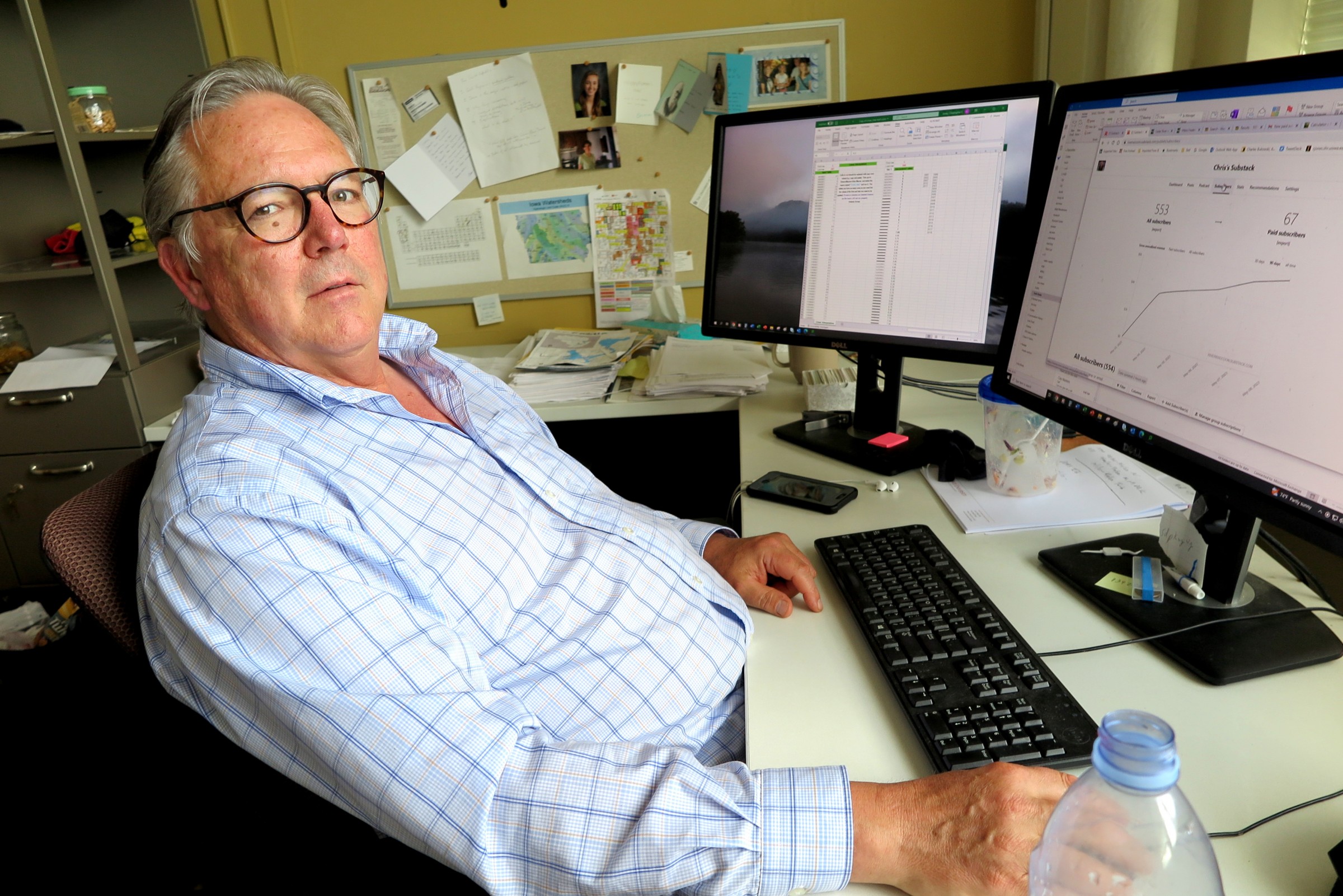
Iowa state lawmaker silenced a University of Iowa blog because of its aggressive reporting on farm-related contamination. The blog’s author was Chris Jones, a top water quality researcher. Photo © Keith Schneider/Circle of Blue
Contaminated drinking water
More than 11 billion pounds of nitrogen fertilizer are spread on American corn fields each year. Iowa is the largest US corn-growing state, and corn farmers use roughly 2 billion pounds of fertilizer on nearly 13 million acres. Though researchers disagree about how much nitrogen is needed to grow marketable quantities of corn, they generally agree that as much as 70% of the nitrogen applied runs off the land as nitrate into ditches and streams.
The state has documented more than 7,000 private water wells contaminated with nitrates. Most state residents consume measurable levels of nitrates in their drinking water, according to Cwiertny, professor of civil and environmental engineering at the University of Iowa. “We have 3 million residents in the state,” he said. “The majority of Iowans have nitrate, at some level, safe or otherwise, in their tap water.”
The fouling of the waterways poses a direct threat to human health. Peer-reviewed studies have found long-term exposure to nitrates in drinking water is linked to uterine, rectal, bladder, and ovarian cancers in women. In February, the Iowa Cancer Registry, in its 50th annual report, found Iowa is the only state with a significant increase in cancer from 2015 to 2019, and has the second-highest overall cancer incidence of all states.
When Jones took over the Iowa Water Quality Information System, he was determined to track the water contamination in detail. He undertook a $3 million expansion of the state’s monitoring capacity, growing it from 12 stations to 66 station. An interactive online map was created to make data from each location accessible to the public. That data generated has been lauded and shared in state reports and in dozens of peer-reviewed journal articles.
With data from the sensing network, Jones started writing regularly about just how polluted Iowa’s waters had become, exposing the fact that virtually every one of the 72,000 miles of streams in Iowa is tainted with various concentrations of nitrogen. Jones also revealed that the contamination was not confined to Iowa. Jones found that as much as 1 billion pounds of Iowa-originated nitrogen drains into the Mississippi River annually, accounting for nearly 30% of the nutrients responsible for causing the Gulf of Mexico dead zone at the river’s mouth.
The blog made Jones a well-known character in Iowa. Displaying moxie and a puckish writing style in weekly posts, Jones didn’t hesitate to lay blame on the farm sectors’ flood of toxic nutrient wastes. In one 2020 post, “Don’t P Down My Leg and Tell Me It’s Raining,” he disputed the state’s finding that phosphorus discharges from agriculture were diminishing. In another, titled “Breaking Wind,” he scoffed at claims that climate change was good for farmers.
In one particularly popular post about the problems related to nitrate pollution, Jones calculated that manure produced and spread on the land from Iowa’s 22 million hogs, 250,000 dairy cows, 1.8 million beef cattle, and 85 million chickens and turkeys was equivalent to the fecal waste produced by 134 million people.
One of his favorite topics was a program Iowa established in 2012 to affirm its resolve to deal with water pollution — the Iowa Nutrient Reduction Strategy. The program pays farmers and livestock and poultry producers – $500 million in 2018 alone, and more in the years before and since – to voluntarily change practices to limit discharges of polluting nitrogen and phosphorus.
In an interview, Jones said his blog and monitoring network were killed for purely political reasons, for the benefit of the agricultural industry.
“These guys now are going to own all the messaging,” he said of the farm industry. “They’re going to be able to say whatever they want about progress towards nutrient management goals. There’s not going to be anyone here to do these calculations and use the sensor data to draw conclusions about what’s in the water.”
Jones’ last day at the university was May 16. He marked the departure with a post that said: “Future generations of Iowans will think about this: We knew our water was degraded. We knew what caused the degradation. We didn’t fix it because we lacked the courage to confront the forces that kept us locked into a status quo preferred by only a few.”
The university issued the following statement: “Faculty and staff must have the ability to teach and conduct research without fear of suppression. The president and provost have been very consistent in their support of academic freedom.”
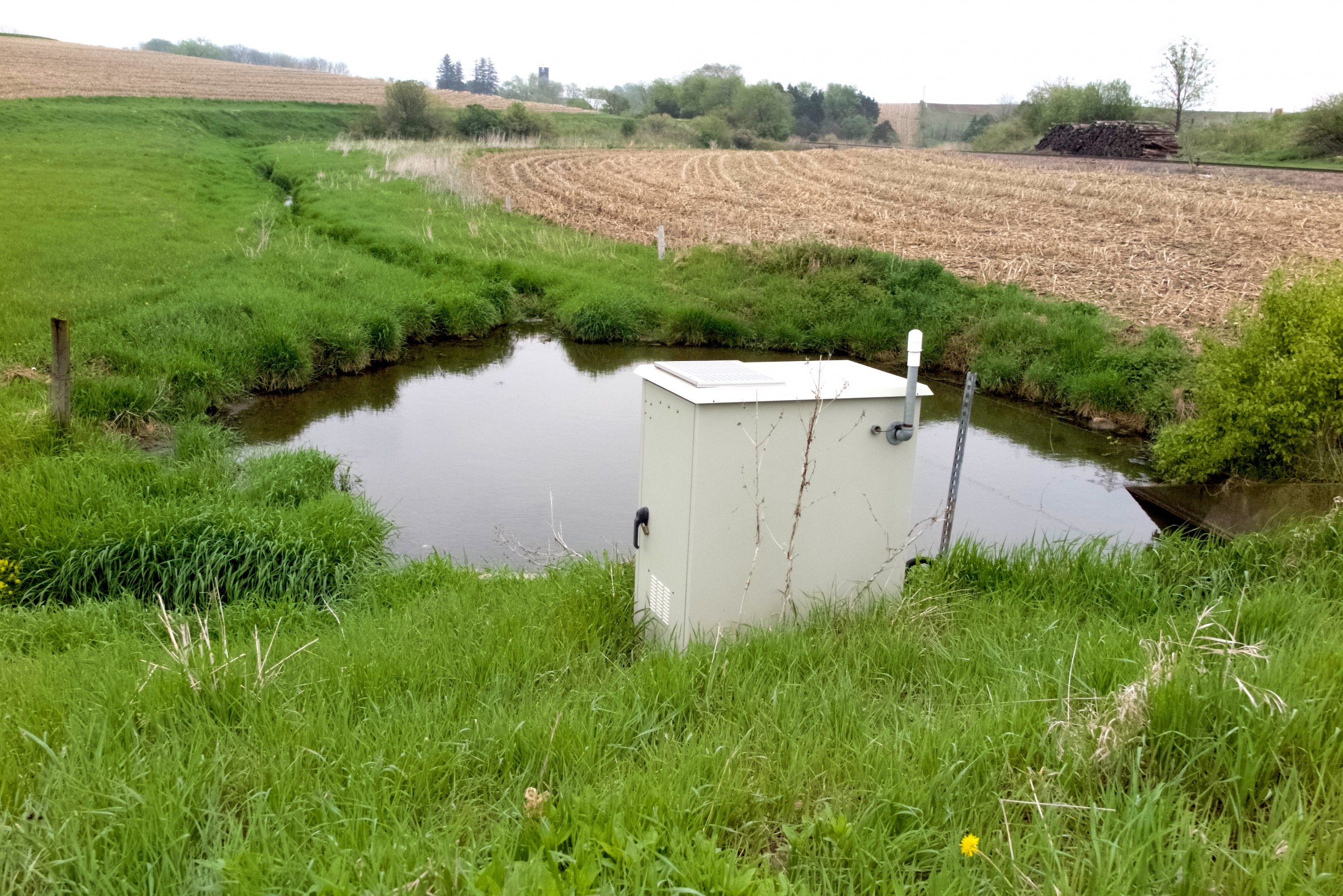
Nitrate contamination detected by this water quality monitoring station on Bloody Run Creek in northeast Iowa prompted a lawmaker’s attack on researcher Chris Jones, who wrote about it on his university-sponsored blog. Photo © Keith Schneider/Circle of Blue
Bloody Run Creek
The beginning of the end came when Jones started shining a light on the contamination of Bloody Run Creek and the nearby Supreme Beef cattle operation owned in part by Zumbach’s son-in-law.
Bloody Run Creek, tucked into the hills of Clayton County and barely a yard wide where it starts, is one of 34 streams designated by the state Department of Natural Resources as an “outstanding” Iowa water way.
Perched in the tall grass where Bloody Run Creek drains rolling farm fields is one of the sensing stations that Jones installed to monitor water quality. Its white metal box contains electronic gear capable of measuring the concentration of nitrogen in Bloody Run every second of every day, and has done so since it began operating five years ago.
Jones, an avid outdoorsman, knows the stream and the region well. He owns a cabin close by across the Mississippi River in Wisconsin. “All things considered, a person might expect that our government would tenaciously protect, and our industries would respect, Bloody Run Creek and the other ‘outstanding waters,’” he wrote in a 2021 post.
The state did not share Jones’ sentiments, approving a nutrient management plan that allowed Supreme Beef to feed 11,600 head of cattle annually.
The Iowa chapters of the Sierra Club and Trout Unlimited filed a lawsuit seeking to nullify the state’s management plan and reduce the size of the feedlot. And area residents filed a formal ethics complaint with the state Senate alleging that Zumbach “improperly used his position as a state senator to influence decisions by a regulatory agency.”
Zumbach’s legislative colleagues dismissed the complaint following a public hearing.
In one of his blog posts, Jones weighed in on the controversy, reporting that the 30.5 million gallons of manure produced by 11,600 beef cattle contained 1.2 million pounds of nitrogen and 762,000 pounds of phosphorus. In order to get rid of all that fecal nutrient, he wrote, Supreme Beef would have to spread vastly more nutrients on its corn fields that was needed for ample harvests. Data from the monitoring station near Supreme Beef showed that Bloody Run Creek had some of the highest nitrogen concentrations of any Iowa stream, according to Jones.
Though Jones’ water monitoring program is ending, advocates for cleaner Iowa waters notched a small victory earlier this month when the Sierra Club and Trout Unlimited won their case against the state and Supreme Beef. A state district court judge ordered the state to develop a new manure management plan. The plaintiffs asserted the new plan needs to substantially reduce the size of the herd.
Jones has continued to write about the issues he has coSaveme to be so passionate about on a new Substack blog. And “The Swine Republic,” a collection of his university blog posts, was published in May by Ice Cube Press.
“I think your right to enjoy nature, and especially, clean water, should not be debased by the fact that you’re surrounded by farmable land,” Jones wrote in one of his last university posts. “It’s not uncommon to hear some variation of ‘we’re a farm state, get used to it.’ I reject that. And I think if the state is to have a prosperous future, it needs to be rejected by the masses.”
Featured Image: The Iowa chapters of the Sierra Club and Trout Unlimited just won an Iowa circuit court case that nullified Supreme Beef’s nutrient management plan to feed 11,600 beef cattle annually. The state Department of Natural Resources was directed to write a new plan that plaintiffs assert should dramatically reduce the number of animals, and the manure running off into Bloody Run Creek. Photo © Keith Schneider/Circle of Blue
Update – May 30, 2023:
Iowa State University announced after publication of this article that it will continue to fund the Iowa Water Quality Information System, but at a lower level of support.
Read the full series
Toxic Terrain
Fertilizer and manure in the U.S. Corn Belt contaminate water and ruin the quality of life.
 https://www.circleofblue.org/wp-content/uploads/2024/05/DSC00280-EDIT.jpg
1600
2400
Circle Blue
https://www.circleofblue.org/wp-content/uploads/2018/06/Circle-of-Blue-Water-Speaks-600x139.png
Circle Blue2024-05-08 23:02:252024-05-08 23:19:03An Iowa Farm County Seeks Answers To Cancer Rate 50% Higher Than National Average
https://www.circleofblue.org/wp-content/uploads/2024/05/DSC00280-EDIT.jpg
1600
2400
Circle Blue
https://www.circleofblue.org/wp-content/uploads/2018/06/Circle-of-Blue-Water-Speaks-600x139.png
Circle Blue2024-05-08 23:02:252024-05-08 23:19:03An Iowa Farm County Seeks Answers To Cancer Rate 50% Higher Than National Average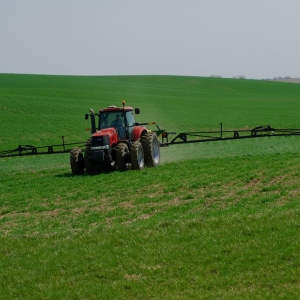
Despite $Billions Spent, Tide of Harmful Farm Pollutants Grows Ever Larger
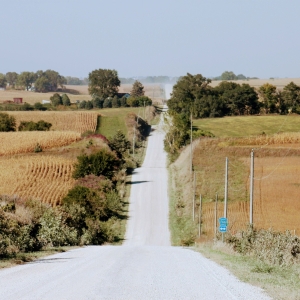
New Report Sparks Questions and Controversy Over Possible Causes for Iowa “Cancer Crisis”
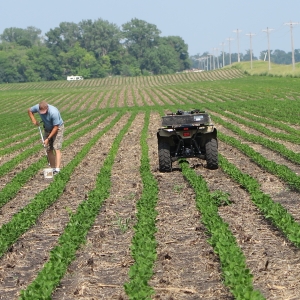 https://www.circleofblue.org/wp-content/uploads/2024/01/IMG_1223.jpg
1600
2398
Keith Schneider
https://www.circleofblue.org/wp-content/uploads/2018/06/Circle-of-Blue-Water-Speaks-600x139.png
Keith Schneider2024-01-31 15:57:382024-02-01 10:29:54Cancer-Related Disease and Deaths Spur Actions to Fight Farm Chemical Contamination in Corn Belt
https://www.circleofblue.org/wp-content/uploads/2024/01/IMG_1223.jpg
1600
2398
Keith Schneider
https://www.circleofblue.org/wp-content/uploads/2018/06/Circle-of-Blue-Water-Speaks-600x139.png
Keith Schneider2024-01-31 15:57:382024-02-01 10:29:54Cancer-Related Disease and Deaths Spur Actions to Fight Farm Chemical Contamination in Corn Belt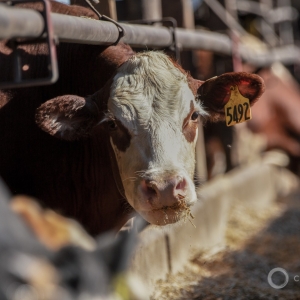
Push to Turn Farm Manure into Renewable Energy Draws Concerns
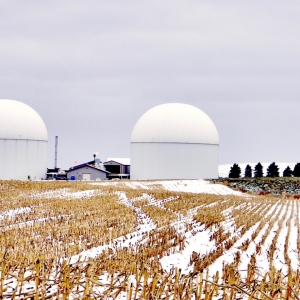
Will Energy From Manure Help or Harm Water Quality in Michigan?
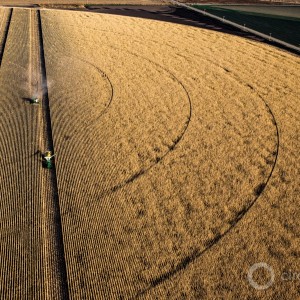
US Regulators Order Minnesota to Clean Up Nitrate Contaminated Water
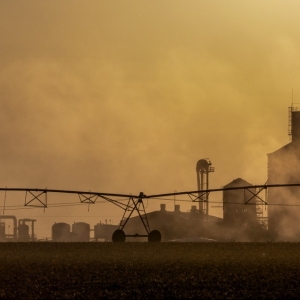
EPA Restarts Assessment of Health Risks from Nitrate in Water
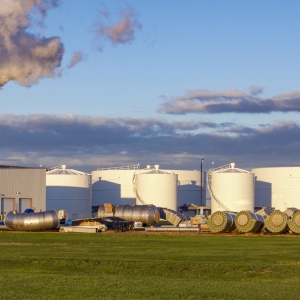
“What We’re Up Against” – North Dakota Towns Fight Farm Bureau to Keep Water Clean
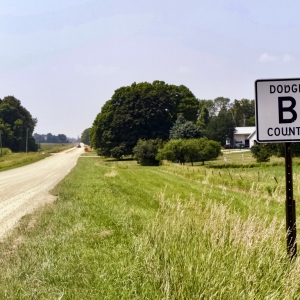
In Minnesota, Families Blame Farm Nutrient Contamination On Heavy Cancer Toll
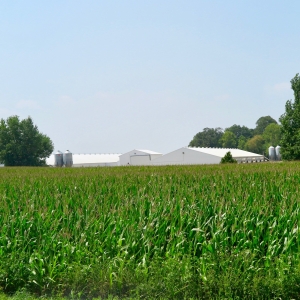
Offering Up Advice For Farmers, Universities Add To US Water Pollution
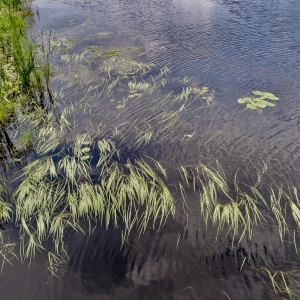
Minnesota Tribe Sets Enforceable Rules To Safeguard Wild Rice and Water Supply
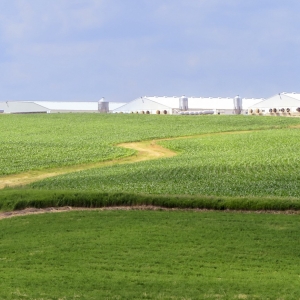
How Big Ag Pollutes America’s Waters and Makes Money Doing It
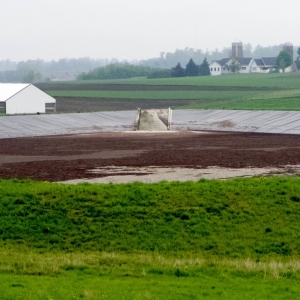
In Iowa, a Tale of Politics, Power, and Contaminated Water

U.S. Pushes Farmers to Develop A New Crop: Energy
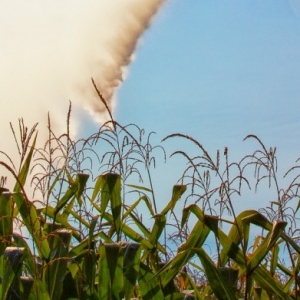
U.S. Counts on “Climate-Smart” Farms to Slow Global Warming
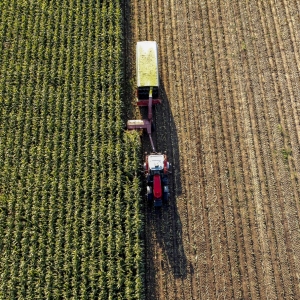
New U.S. Climate Law Will Make Water Contamination Worse
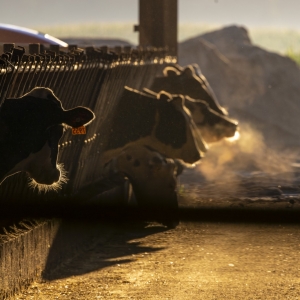
Opposition to CAFOs Mounts Across the Nation
The Alicia Patterson Foundation and the Fund For Investigative Journalism awarded investigative reporting fellowships to support this project. Along with The New Lede, co-publishers include: The Guardian, Great Lakes Now, Michigan Radio, Investigate Midwest, and MinnPost.
Circle of Blue’s senior editor and chief correspondent based in Traverse City, Michigan. He has reported on the contest for energy, food, and water in the era of climate change from six continents. Contact
Keith Schneider
Related
© 2023 Circle of Blue – all rights reserved
Terms of Service | Privacy Policy

